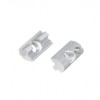
Active filters:
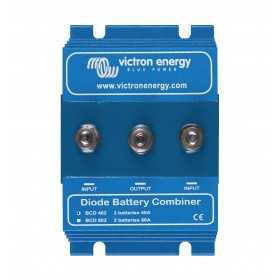

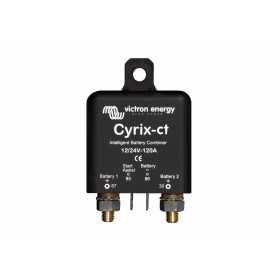

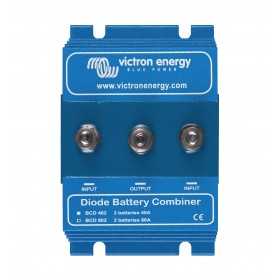

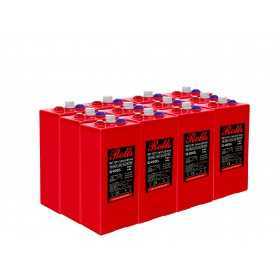
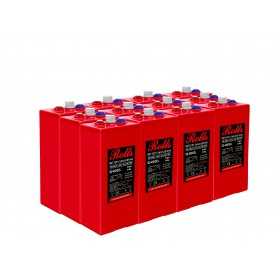

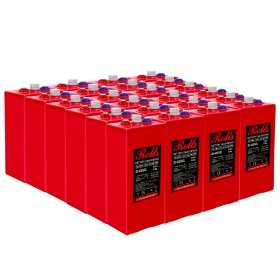
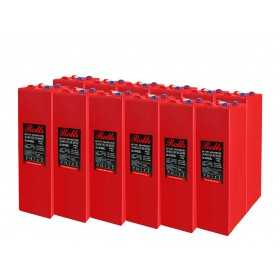
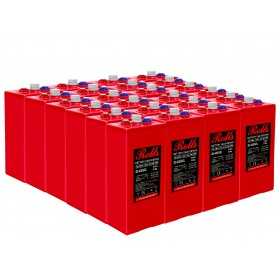
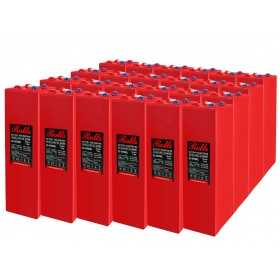
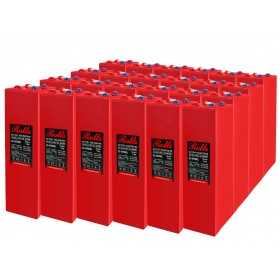
A modern GEL battery (also known as a "gel cell") is a VRLA battery with gelled electrolyte and AGM (Absorbed Glass Mat) batteries are lead-acid accumulators in which the electrolyte is absorbed in separators consisting of a spongy mass in fiberglass, precisely for this reason the AGM and GEL batteries also have a sealed container and the recombination of gases have the following advantages:
What are the differences between GEL batteries and AGM batteries? And for which uses should you choose a GEL or AGM battery? The quality of both is very high: AGM technology is much less delicate and supports a greater number of deep discharge cycles, as AGM technology allows the electrolyte to evaporate during the charging and discharging phase (i.e. when the internal temperature increases), at the end the GAS recombines with the acid keeping the battery efficient. GEL accumulators have a completely gelatinized acid and are less durable over time due to the difference in temperature that is created in the charge / discharge cycles that cause the gel to sulfate, for this reason they are considered more suitable for a buffer use. (e.g. in UPSs), they guarantee a very high life expectancy. In the case of heavy cyclic use (industrial cleaning machines, golf cars and electric vehicles, etc.) it is advisable to turn to cyclic type GEL batteries that allow deeper discharges and a greater number of charge / discharge cycles typical of the intense use. AGM batteries are suitable for both uses in cyclical use (they support many charge / discharge cycles) and as a buffer use (long-term energy reserve) therefore particularly suitable for: - pleasure and professional boating - electric vehicles and machinery - industrial uses - UPS and emergency in general - Solar
Active filters:













